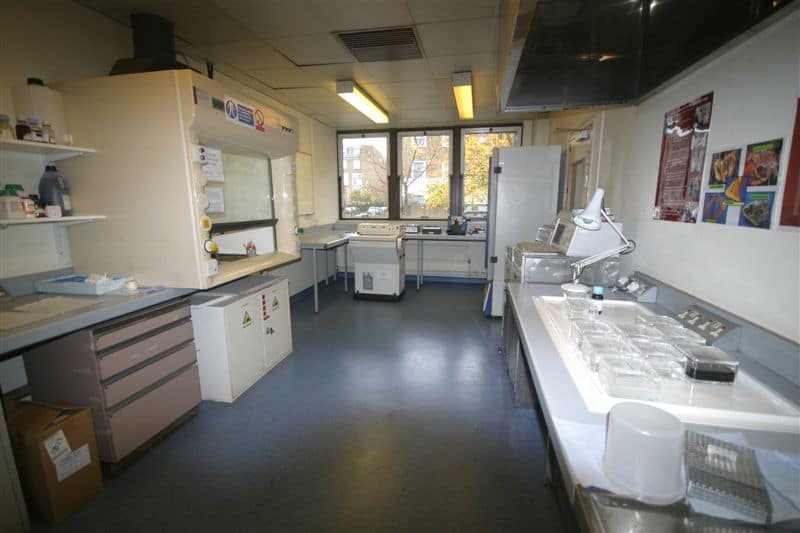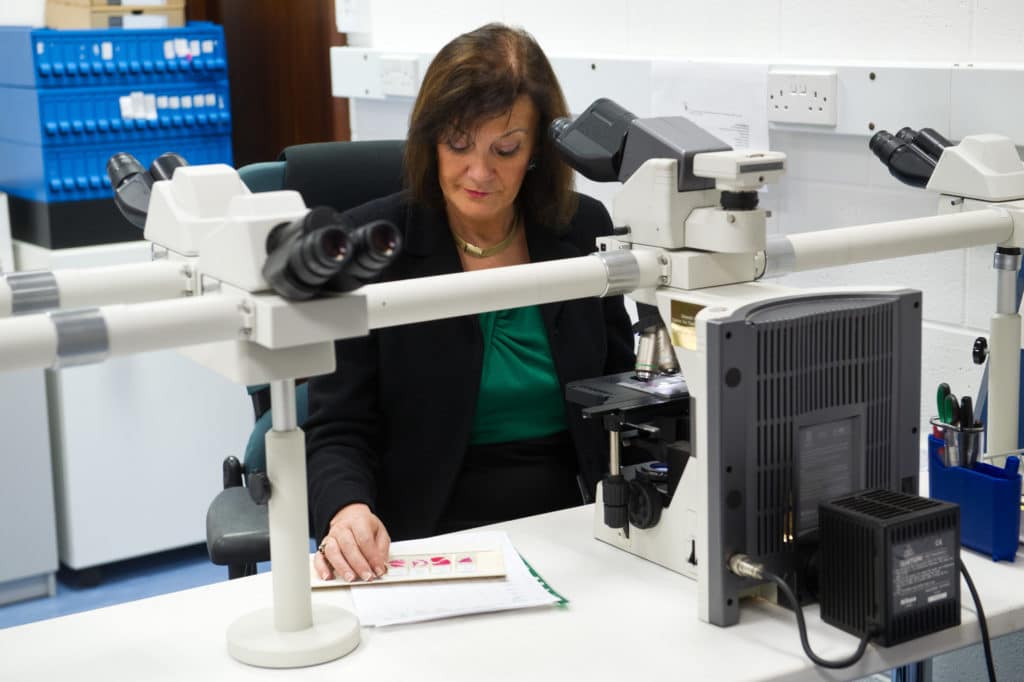Before CRY began in 1995, young sudden cardiac death (YSCD) was never considered to be a significant health issue. It was quite the opposite. The common belief was that there was just one young sudden cardiac death a week. Families were not being given a clear cause of death after losing someone suddenly, coroners didn’t always have the funding to complete additional post-mortem investigations, expert pathologists could take up to two years to complete their investigations, and most people didn’t realise the importance of specialist testing for family members.

In 1994, Professor Mary Sheppard joined Dr Tim Bowker (now one of CRY’s Trustees) to produce one of the first surveys of sudden, unexpected cardiac death in the UK. At the CRY Family Research Day in May 2019, Professor Sheppard explained how important this was in revealing that the incidence of YSCD was higher than people thought.
“It was the first paper, really, to emphasize the entity of sudden adult death, or sudden arrhythmic death,” Professor Sheppard said. “Because up until then [1994, when the survey was carried out] most people believed you died of coronary artery disease… We found that, no, in a significant number of sudden unexpected deaths, 7%, the pathologists found nothing…
“The Fellows and the clinicians and cardiologists have now begun to expand our knowledge of these causes. This paper was seminal in telling pathologists when you find a sudden death – a young person, heart is normal, toxicology is negative – you have to do further investigations. You cannot simply leave it unexplained or unascertained.”
In 2008, we launched the CRY Centre for Cardiac Pathology (CRY CCP), an international cardiac referral centre, led by Professor Sheppard with a team of staff funded by CRY. We were able to launch the centre with the help of £175,000 that had been donated in memory of Sebastian and Howard English. This donation provided a three-year grant for Professor Sheppard to carry out research at the Royal Brompton Hospital, and also funded a research scientist, a PhD student to work on the centre’s database, a part-time medical secretary to help with documentation, and a specialist microscope and laboratory facilities. Over the last 12 years, we have continued to receive significant donations for the centre in memory of many young people, including Hannah Turberville and over £700,000 in memory of Sebastian and Howard.

The CRY CCP examines hundreds of hearts every year to determine the causes of death when a young person dies suddenly, and returns their report to the coroner within two weeks of the referral. This provides affected families with much-needed clarity over what has happened, and exactly what kind of specialist testing they may need to undergo. Previously some families would endure a wait of anything from three to 18 months for answers following their tragedy.
The CRY CCP continued to develop even more in 2014 when it moved to St George’s Hospital, the location of our national cardiac screening centre, which allowed Professor Sheppard and her team to work with some of CRY’s doctors and the hospital’s cardiologists.

The centre is now the largest pathology unit dealing with sudden cardiac death in the world, with more than 80% of UK coroners now routinely referring to the centre. Professor Sheppard and her team have conducted more than 2,500 expert cardiac post-mortems on young people, making the CRY CCP the world’s largest database of expert cardiac investigations. Meanwhile, Professor Sheppard has also contributed to over 100 journal articles on cardiac pathology, she contributes to research projects both in the UK and around the world, and discusses difficult cases with other pathologists around the country on a regular basis.
In 2018, the World Health Organization released new ICD codes (International Classifications of Disease), including codes to identify SADS and ARVC as important causes of death. Without the research completed at the CRY CCP to show the significance of these conditions and the importance of cardiac pathology in general, this development might not have been possible.
We would not have been able to continue developing the CRY CCP without Professor Sheppard’s expertise and the tireless work of her and her team, and the phenomenal support we’ve received from CRY families. The centre has completely changed our understanding of YSCD and how to carry out specialist testing for relatives after a tragedy, all while supporting families with the information they need.





